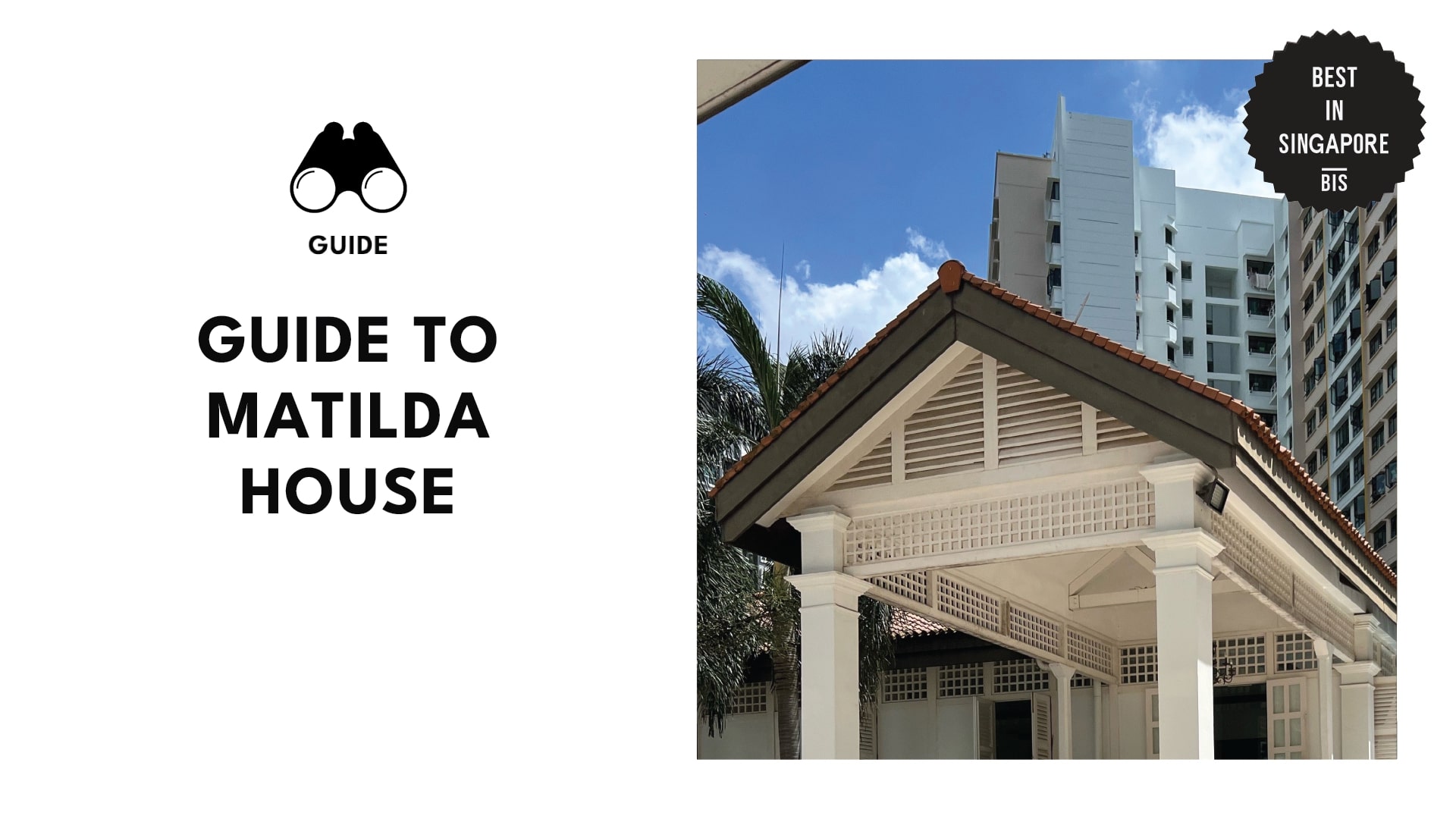Guide to Matilda House: The Haunted Legacy of Singapore’s Forgotten Mansion
Did you know Singapore has a mansion steeped in mystery and urban legend? Matilda House, a colonial gem in Punggol, hides haunted whispers and a rich history dating back to 1902.
I’m shivering as I write this, but if you love history, architecture, or eerie tales, Matilda House is a rare glimpse into Singapore’s past. Though off-limits, its timeless design and haunting folklore still captivate from afar, as I’ll reveal in this article.
Things to Know
Location: 78 Punggol Walk
Rules and restrictions:
✖ No entry
✖ No interior photography
✖ No drone photography
✖ No loud noises
✖ No littering
✖ No smoking
How to Get There
Closest MRT: To visit the vicinity of Matilda House, take the North East Line to Punggol MRT Station (NE17). From there, transfer to the Punggol LRT West Loop and alight at Soo Teck Station (PW7). Matilda House is a short walk from Soo Teck Station, located within the “A Treasure Trove” condominium complex.
Closest bus station: Take bus service 382G or 382W and alight at the “Punggol Walk” bus stop (bus stop code 65419). From there, it’s a short walk to Matilda House, located within the “A Treasure Trove” condominium complex.
By car: Visitors wishing to view the exterior of Matilda House can utilise public parking options in the surrounding Punggol area. Nearby public car parks include those at Waterway Point Shopping Mall, which is within walking distance.
The Origins of Matilda House
Media from nor_jana
Let me tell you a secret. Matilda House wasn’t just a mansion; it was a love letter. Built in 1902 by Joseph William Cashin for his wife, Josephine Matilda, this grand estate in Punggol boasted more than just a home. It had a tennis court, stables, and even a lush fruit orchard.
The Cashin family, known for their ties to plantations and opium farming, led a life of quiet affluence here, making the house a centrepiece of their tropical paradise.
Today, whispers of their legacy linger in the walls of Matilda House, making its history as fascinating as the mysteries surrounding it.
Architectural Significance
Media from xinli29288
Matilda House is a masterpiece of tropical bungalow design, a rare gem in Singapore’s architectural history. Its timber-framed lattices, open verandahs, and functional louvres were crafted to catch breezes and keep the house cool, making it perfectly suited for the tropics.
The mansion’s distinctive horseshoe-shaped driveway and cascading stairs once led directly to the Punggol River, adding an air of grandeur to its serene setting. As one of Punggol’s last surviving tropical bungalows, it’s a testament to a bygone era, quietly hiding its beauty behind the walls of modern development.
The Haunted Legacy
Media from norad_mil
They say Matilda House isn’t just old, it’s guarded. Legends whisper vengeful spirits protecting the haunted mansion, with tales of construction crews abandoning their work after strange mishaps and even unexplained deaths.
Over time, its eerie reputation cemented its place among Singapore’s infamous “Coloured Houses.” Punggol locals still murmur about the haunted aura surrounding this forgotten relic, a house that seems to refuse to fade into obscurity.
Cultural and Historical Influence
Media from uncoversixtyfive
Matilda House played a vital role during WWII, commandeered as a naval property by the Japanese. Decades later, it became the backdrop for period dramas like Tenko and Tanamera – The Lion of Singapore, cementing its place as a cultural icon.
But its significance doesn’t end there. As one of the last remnants of Punggol’s rural past, Matilda House stands as a silent witness to the area’s transformation—from farmland to modern town—anchoring the Cashin family legacy in Singapore’s ever-changing landscape.
From Abandonment to Conservation
Media from clicks.byavantika
Matilda House wasn’t always the well-kept gem you see today. After the government acquired the land in the 1980s, it sat abandoned for decades, its eerie aura and crumbling facade adding to its haunted reputation.
Things changed in 2000 when the Urban Redevelopment Authority stepped in, gazetting it as a conservation property. By 2015, it was transformed into the exclusive clubhouse for A Treasure Trove condominium, blending its historic charm with modern luxury while keeping its secrets locked away.
Inspiration for Future Punggol Developments
Media from willtansl
For me, Matilda House isn’t just a relic; it’s quietly shaping Punggol’s future. Its colonial architecture, with open verandahs and louvres, has inspired a modern twist in new developments, subtly weaving heritage into the district’s sleek skyline.
To illustrate: the Matilda District, home to Matilda House, has inspired nearby residential projects like the 2024 Matilda Riverside BTO, featuring colonial-style verandahs and columns.
When I walk around Punggol today, I can’t help but notice how its charm echoes in the design of nearby buildings. Matilda House may not say much, but its influence speaks volumes, making sure the district grows without losing its unique story.


